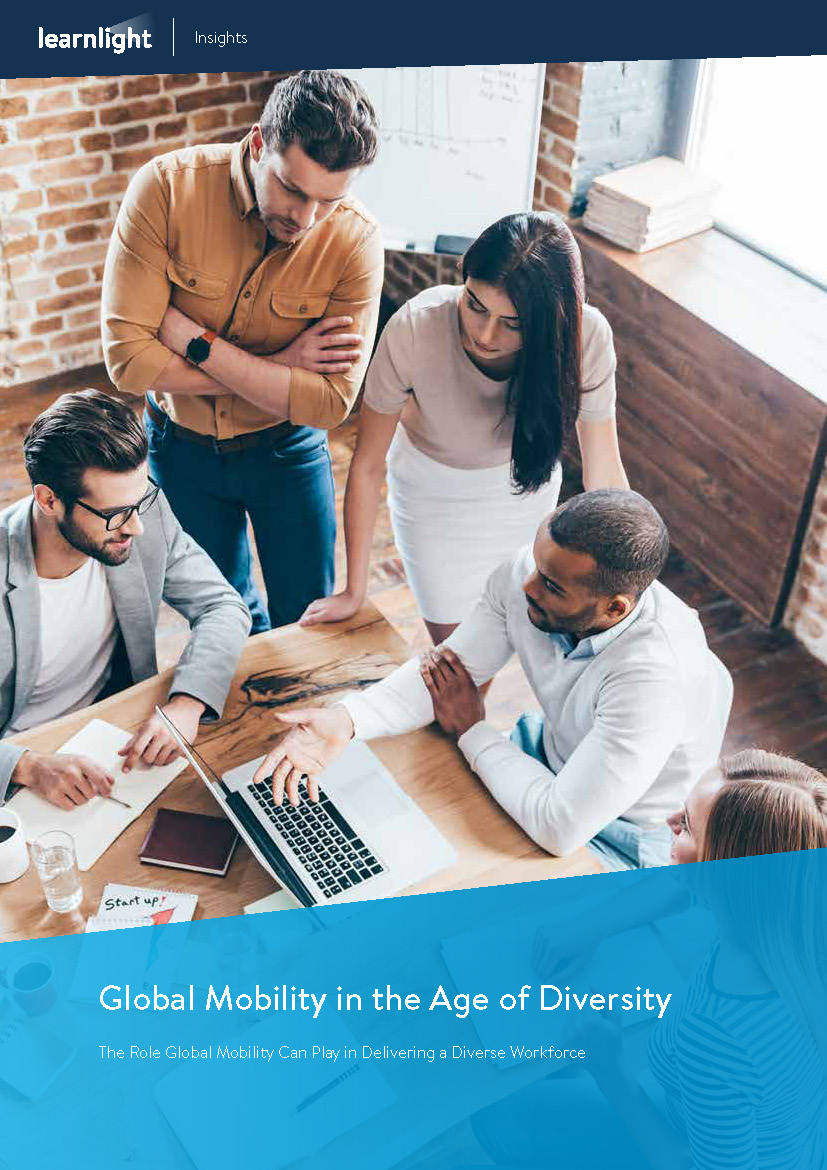
New White Paper: Global Mobility in the Age of Diversity
The #metoo and #TimesUp campaigns have forced the media to re-evaluate how workplace diversity is portrayed. While currently focused on gender discrimination, it isn’t hard to see that this scrutiny will now extend (and it must) to other groups whose voice has been ignored.
One area where diversity is under scrutiny is that of international assignees - professionals who move from country to country on behalf of their employers. While an international assignment is a recognized stepping stone to leadership and the C-suite, it has not reflected the diverse nature of our modern-day society.
Diversity issues have for many years been an uncomfortable topic for businesses and politicians. Many employees dismiss diversity initiatives as “political correctness gone mad.” Women, minority groups and diversity champions despaired of ever being heard.
Global Mobility will reflect the attitudes and values of the wider business and is therefore not immune to the challenges of diversity. In many ways, Global Mobility can be at the forefront of equal opportunity and equal pay and championing both of them. After all, business’s future leaders are frequently assignees first.
Ensuring that an organization's international assignee population represents the diversity of society is not just morally right, it makes great business sense too.
Learnlight's new White Paper: Global Mobility in the Age of Diversity examines:
- Is Global Mobility in the Dark Ages?
- Bridge of Sorrows – the Global Mobility Talent Gap
- The Future of your Business: International Female Talent
- The Changing World of Diversity
- Pulling Down the Snowy Peaks: Diversity and Assignments
- The Future Assignee
- Is There a Future at all for Global Mobility?
The White Paper is available to downloaded free from Learnlight’s website.


